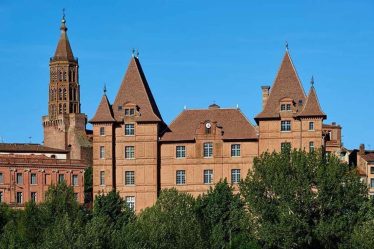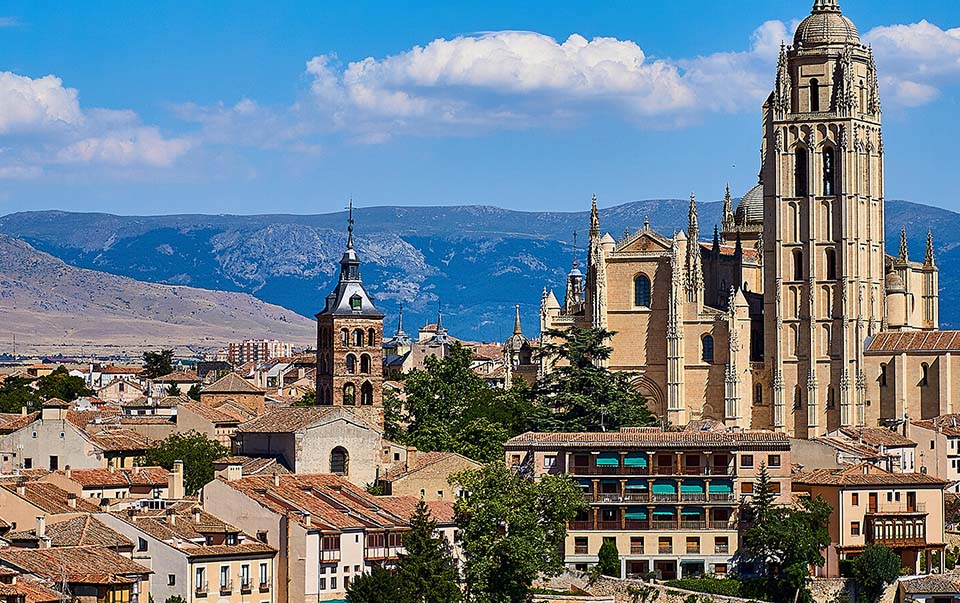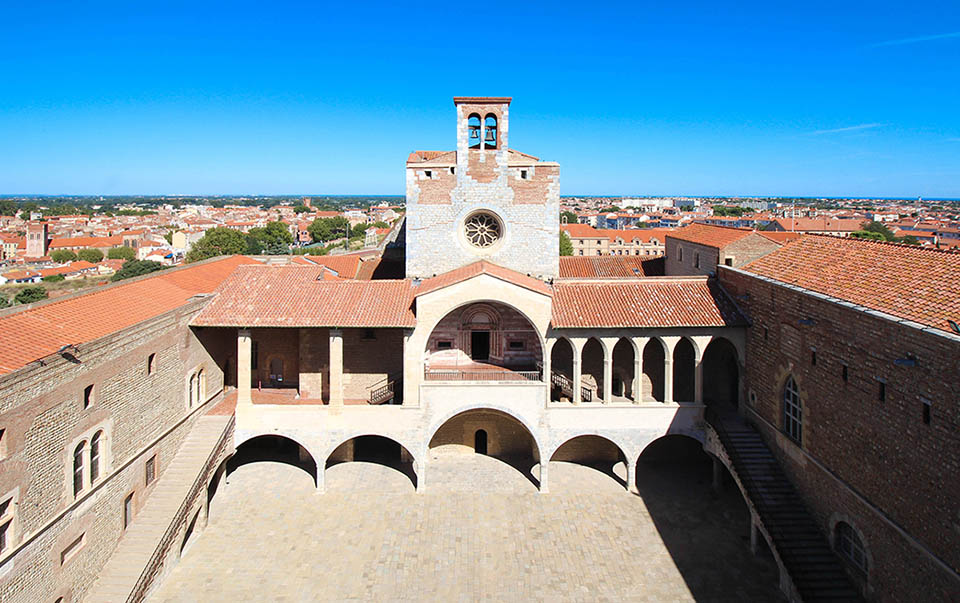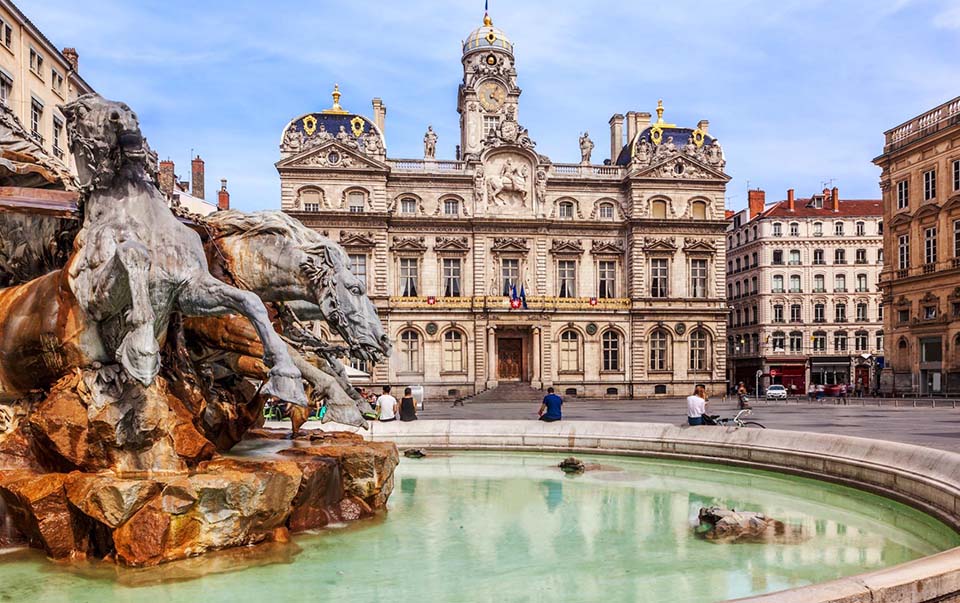
Lyon, France’s third-largest city, is a mesmerizing blend of history, culture, and gastronomy. Nestled at the confluence of the Rhône and Saône rivers, it’s a city that boasts an extraordinary array of experiences, from its well-preserved Renaissance architecture to its vibrant culinary scene. During my visit to Lyon, I was captivated by the city’s charm and the warmth of its people.
1. Vieux Lyon (Old Lyon)
My exploration of Lyon began in Vieux Lyon, the city’s oldest district and a UNESCO World Heritage site. As I wandered through the narrow, cobblestone streets, I felt as if I had stepped back in time. The Renaissance-era buildings, with their colorful facades and hidden courtyards, tell stories of the city’s rich history.
The district is divided into three distinct sections: Saint Jean, Saint Paul, and Saint Georges. I started in the Saint Jean area, which is the heart of Vieux Lyon. Here, I visited the Saint Jean Cathedral, a Gothic masterpiece dating back to the 12th century. The intricate stained-glass windows and the astronomical clock inside the cathedral are truly awe-inspiring.
One of the highlights of my time in Vieux Lyon was discovering the traboules—hidden passageways that connect one street to another through buildings. These were originally used by silk weavers to transport their goods without exposure to the elements. Exploring these secret tunnels was like uncovering the city’s hidden soul. The Traboule de la Tour Rose and Traboule du Long Passage are among the most famous and accessible.
2. Fourvière Hill and Basilica of Notre-Dame de Fourvière
From Vieux Lyon, I made my way up to Fourvière Hill, often referred to as “the hill that prays” due to its religious significance. The walk up the hill is steep, but the panoramic views of the city from the top are absolutely worth the effort. For those less inclined to hike, the Funicular de Fourvière offers a quick and scenic ride to the summit.
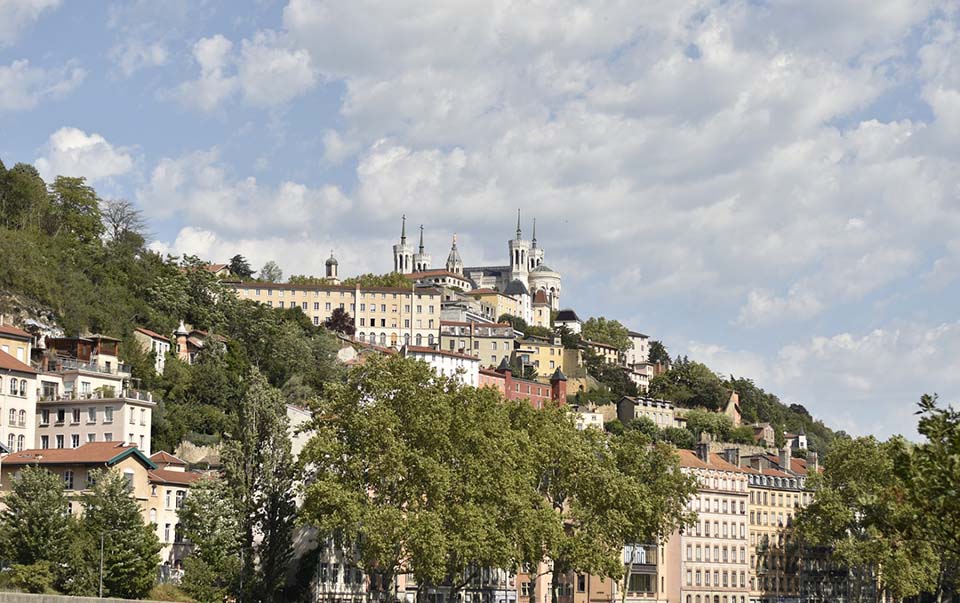
At the top of the hill stands the Basilica of Notre-Dame de Fourvière, an iconic symbol of Lyon. This basilica, with its stunning mix of Romanesque and Byzantine architecture, is a sight to behold. The interior is equally breathtaking, with its ornate mosaics, vibrant stained glass, and gilded details. I spent a considerable amount of time here, taking in the beauty and serenity of the space.
Next to the basilica, the Fourvière Observatory offers one of the best views of Lyon. From this vantage point, I could see the entire city sprawled out before me, with the Rhône and Saône rivers weaving through it. It was a perfect spot for reflection and photography.
3. Presqu’île
After descending from Fourvière Hill, I headed to the Presqu’île, the peninsula between the Rhône and Saône rivers. This area is the bustling heart of Lyon, filled with shops, restaurants, and cultural sites. My first stop was the Place Bellecour, one of the largest squares in Europe. The square is dominated by an equestrian statue of King Louis XIV and offers a great view of the Basilica of Notre-Dame de Fourvière perched on the hill above.
From Place Bellecour, I walked to the Place des Jacobins, a smaller but equally beautiful square with a stunning fountain at its center. The area around these squares is perfect for shopping, with a mix of high-end boutiques and local stores.
One of the most striking buildings in the Presqu’île is the Opéra Nouvel, Lyon’s opera house. Designed by Jean Nouvel, this modern structure combines the original 19th-century façade with a contemporary glass dome. Although I didn’t have time to catch a performance, just admiring the building’s architecture was a treat.
I also visited the Musée des Beaux-Arts de Lyon, housed in a former Benedictine convent. This museum is often referred to as the “little Louvre” because of its impressive collection of artworks, ranging from ancient Egyptian artifacts to contemporary pieces. I was particularly captivated by the collection of Impressionist paintings, which included works by Monet, Renoir, and Degas.
4. Parc de la Tête d’Or
No visit to Lyon would be complete without spending time at the Parc de la Tête d’Or, one of the largest urban parks in France. The park, located in the 6th arrondissement, is a green oasis in the middle of the city, offering a welcome escape from the urban hustle.
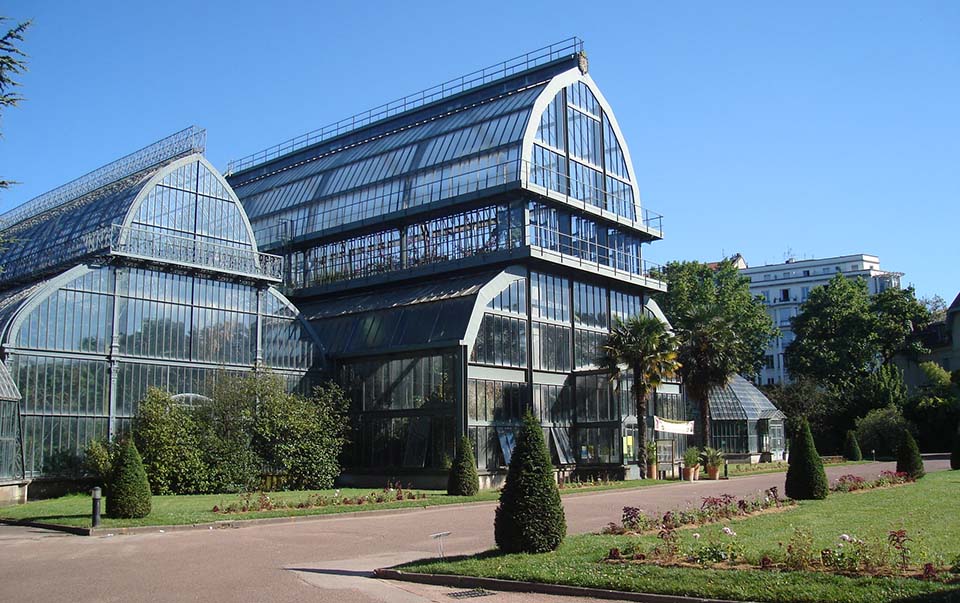
As I entered through the grand gates, I was greeted by sprawling lawns, serene lakes, and meticulously maintained gardens. I decided to start my exploration with a visit to the Jardin Botanique de Lyon, the park’s botanical garden. The variety of plant species housed here is astounding, and the tropical greenhouses are particularly impressive.
Next, I took a leisurely walk around the Lac du Parc (Park Lake), where locals and tourists alike were enjoying boat rides. The lake is also home to a small zoo, where I spent some time observing the animals, including giraffes, zebras, and monkeys. The zoo is free to enter, making it a great activity for families.
For those interested in more active pursuits, the park offers cycling paths, running trails, and even a velodrome. I rented a bike and cycled around the park, which was a fantastic way to cover more ground and take in the beauty of the surroundings.
5. Croix-Rousse
The Croix-Rousse district, known as “the hill that works,” was the center of Lyon’s silk industry in the 19th century. This area has a unique, village-like atmosphere, with narrow streets, steep staircases, and a vibrant arts scene.
I began my visit at the Place de la Croix-Rousse, the main square of the district. From there, I wandered through the traboules of Croix-Rousse, which are distinct from those in Vieux Lyon. These passageways were specifically designed to transport silk and protect it from the elements. The Maison des Canuts (House of the Silk Workers) provides a fascinating insight into the history of Lyon’s silk industry and the lives of the workers who fueled it.
One of the highlights of my time in Croix-Rousse was visiting the Mur des Canuts, a large mural that vividly depicts the life and history of the silk workers. This mural is one of the many fresques (murals) that can be found throughout Lyon, adding color and life to the city’s walls.
6. Confluence District
Lyon’s Confluence district is a striking contrast to the historic areas of the city. This modern neighborhood, located at the southern tip of the Presqu’île, is a hub of contemporary architecture, shopping, and entertainment.
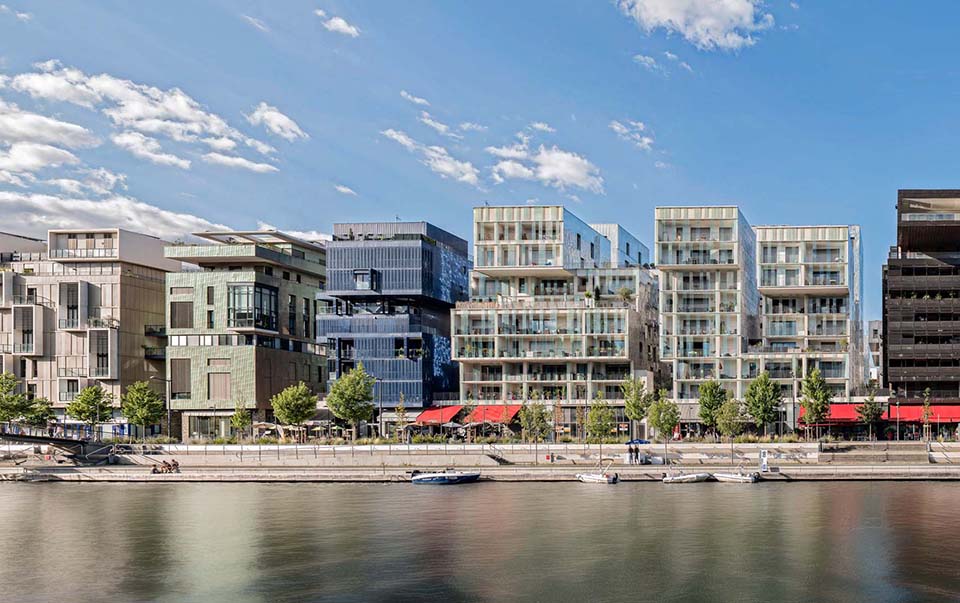
The centerpiece of the Confluence district is the Musée des Confluences, a science and anthropology museum housed in a futuristic, glass-and-steel building. The museum’s exhibitions are diverse, covering topics from the origins of life to the cultural practices of different civilizations. I spent several hours here, fascinated by the interactive displays and thought-provoking exhibits.
The Confluence district is also home to the Centre Commercial Confluence, a modern shopping center with a wide range of shops, restaurants, and a cinema. The rooftop terrace offers great views of the surrounding area, and it’s a perfect spot for a meal or a coffee break.
One of the unique aspects of the Confluence district is its commitment to sustainability. The Hôtel de Région Rhône-Alpes, for example, is an eco-friendly building that uses solar panels and a green roof to reduce its environmental impact. Walking through this district, I was impressed by how Lyon is embracing modernity while still respecting its rich history.
7. Les Halles de Lyon Paul Bocuse
As a food lover, one of my top priorities in Lyon was to visit Les Halles de Lyon Paul Bocuse. Named after the legendary chef Paul Bocuse, this indoor food market is a paradise for gourmands. The market features over 50 stalls selling everything from fresh produce and seafood to cheeses, charcuterie, and pastries.
I spent a delightful morning sampling some of Lyon’s most famous culinary delights. The saucisson (dry-cured sausage) and fromage de chèvre (goat cheese) were among my favorites. I also couldn’t resist trying some quenelles, a Lyonnaise specialty made from creamed fish or meat.
Les Halles is also a great place to pick up some local products to take home, such as a bottle of Beaujolais wine or some Pralines roses, a sweet treat made from almonds coated in pink sugar. The vibrant atmosphere and the sheer variety of high-quality food on offer make Les Halles a must-visit for any food enthusiast.
Lyon is a city that effortlessly blends the old with the new, offering something for every traveler. Whether you’re drawn to its rich history, its world-renowned cuisine, or its vibrant cultural scene, Lyon will captivate you from the moment you arrive. My journey through Lyon was a feast for the senses, filled with unforgettable sights, sounds, and tastes.
